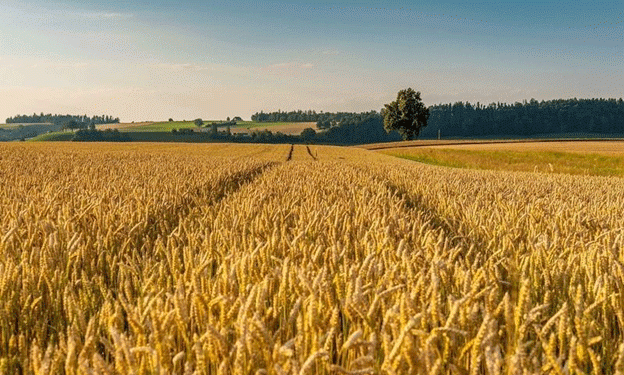Declining Rye Production: A Growing Concern for Russian Agriculture
In recent years, rye, once a staple crop in Russia, has seen a significant decline in production. The latest data from Rosstat paints a concerning picture for the 2024 harvest. Rye sowing areas have dropped to just 668,000 hectares, a sharp decline from 834,000 hectares the previous year. According to Alexander Korbut, an independent grain market expert, this marks the lowest rye planting area in the last five years, signaling a potential drop in overall yield for the upcoming season.
Historically, rye yield per hectare has remained relatively stable, meaning that any reduction in sowing areas directly impacts total production. Last year, Russia harvested approximately 1.7 million tons of rye, down from 2.18 million tons in 2022. The U.S. Department of Agriculture (USDA) has further downgraded its August forecast for Russian rye production in 2024 to 1.35 million tons, a significant drop from its July estimate of 1.85 million tons. This further reinforces concerns over the shrinking rye sector.
Korbut notes that rye plays a unique role in the Russian agricultural market, primarily serving the domestic food market for flour production, with a smaller share going into alcohol production. Its use as animal feed has diminished, and exports have become sporadic. Despite this, Korbut emphasizes that rye remains a vital crop for Russia, particularly in rural areas where it has deep-rooted cultural significance.
The reduction in rye planting is part of a broader trend affecting other cereal crops such as buckwheat and barley. Even wheat, Russia’s most important crop, has seen a reduction in planting areas for the 2024 harvest, with one million fewer hectares planted compared to last year. The primary reasons for these decreases are low prices and weak demand. Farmers are shifting away from rye because current market conditions do not provide sufficient incentive to maintain or expand production.
However, this reduction in rye planting could have an unexpected upside for producers. With the total rye harvest projected to fall, prices may increase. In fact, the analytical company ProZerno reported that as of August 16, the average price for food-grade rye was 10,245 rubles per ton, an increase of 475 rubles per ton compared to the previous week. This is a significant rise from last year when the price was 7,523 rubles per ton on the same date.
For rye growers, the situation presents a potential opportunity. If demand rises and prices continue to increase, more farmers may be encouraged to plant rye in the future. Korbut suggests that improved pricing could stimulate greater interest in rye cultivation, helping to reverse the current downward trend in production.
The sharp reduction in rye planting areas and the forecasted drop in production highlight significant challenges facing Russian agriculture. While low prices and weak demand have driven down sowing, there is hope that rising prices could create a more favorable market environment for rye in the coming years. For now, the agricultural community must closely monitor both market trends and policy responses to ensure that this vital crop remains a sustainable part of Russian farming.
Error




